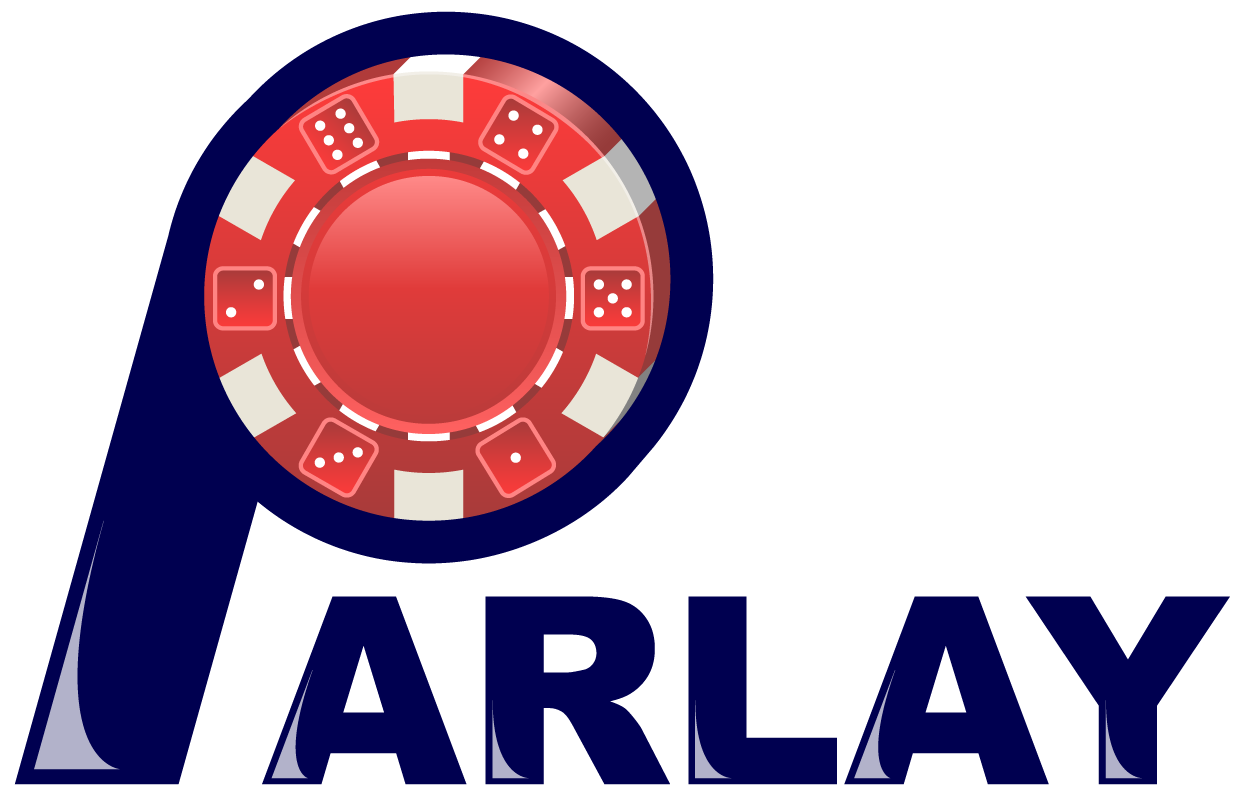Parlays can be a useful tool in your overall betting strategy. If you would like some advice on how best to use them, please see the following page. Parlay Betting Strategy; How Parlays Work. We’ve already explained the basic concept of parlays – that they are wagers where you bet on multiple selections with a single stake. A simple example. Parlay Bets A 'Parlay' bet is a bet placed on multiple outcomes to occur. For a Parlay bet to win, all outcomes within the Parlay must be selected correctly. The odds for each pick are multiplied by one another to determine the odds for the Parlay.
.In sports betting a parlay is a wager which effectively
combines two or more wagers into one. You make multiple
selections, and all of those selections have to be correct to
win. If a single selection is incorrect, you lose the wager.
This makes it hard to win parlays, particularly ones that
include a lot of selections.
However, parlays are not the “bad bets” that many claim them
to be. It does require some skill (or a great deal of luck) to
get them right with any degree of regularity, but the potential
payouts mean you can make very good returns when you do. You
would make a lot more from a winning parlay with four selections
than you would from winning four single wagers on the same
selections.

The high potential payouts are precisely why parlays are so
popular among sports bettors. It is important to understand
exactly how they work though, and how the potential payouts are
calculated, so we’ve explained all this below. We’ve also
provided details of an alternative type of parlay – the
progressive parlay.
Parlays can be a useful tool in your overall betting
strategy. If you would like some advice on how best to use them,
please see the following page.
How Parlays Work
We’ve already explained the basic concept of parlays – that
they are wagers where you bet on multiple selections with a
single stake. A simple example would be a three team football
parlay, where you select three football teams to win their
upcoming matches. This is essentially combining three moneyline
bets (or win bets) into one. You would place a single stake, and
if all three teams win you would receive a return based on the
relevant odds. If just one of the teams loses, though, you would
lose the whole bet.
Football parlays are particularly popular, as are basketball
parlays, but they can be on virtually any sport. Most bookmakers
allow you to place parlays across multiple sports too; for
example you could place one containing selections on football
matches, basketball matches, hockey matches and tennis matches.
Parlays don’t have to combine just moneyline bets either. You
can also use point spread bets and totals (over/under). You may
be able to use prop bets and futures too, although not all
bookmakers allow this.
The minimum number of selections you need to include in a
parlay is two. The maximum number varies, depending on the
bookmaker you are using, but 15 is fairly typical. The more
selections included, the higher the potential payout. Of course,
more selections also make it harder to win.
That’s really all you need to know about how parlays work,
apart from one final point. Different bookmakers, whether online
or offline, will all have their own set of rules relating to
parlays. For example, they may deal with pushes (ties) or
cancelled games differently. Before placing a parlay of any
kind, it is a very good idea to read through the relevant rules
so you know exactly where you stand.
Calculating Potential Payouts
The single biggest appeal of parlays is the fact that the
potential payouts can be high relative to the amount staked. You
should therefore have some idea about how these payouts are
calculated. This is not exactly vital if you’re betting online
though, as your sports betting site will automatically calculate
the potential payout before you place a wager. You can see this
from the screenshot below.
It still doesn’t hurt to understand the mechanics of how the
payouts are calculated, so we’ll go ahead and explain. There are
actually two possible methods that bookmakers use for the
calculations, the first of which involves simply multiplying the
odds of all the selections contained within the parlay to
calculate the overall odds for the wager. This is used when the
odds for each selection are different.
The parlay in the screenshot above contains four selections,
at decimal odds of 1.53, 1.45, 1.67 and 2.45. To calculate the
overall odds for the parlay you would therefore multiply these
four numbers together. This gives you 9.077 (rounded to three
decimal places). Based on these odds you would expect a $50
wager to repay a total of $453.85, which is $403.85 in winnings
and the $50 original stake.
The bet slip in the screenshot displays the amount that can
be won, which is $403.27. This is slightly different from the
number we calculated above, which is purely down to issues with
rounding decimal places. Nonetheless, the method outlined here
works to give you a very close approximation of what your
potential payout maybe.

The second method that bookmakers use is a structure where
the odds are fixed based on the number of selections. This is
used for parlays that contain point spread bets and totals bets
where the odds are the same for each selection (typically -110
in moneyline odds). The exact payouts within such a structure
may vary from one bookmaker to another, but they will usually be
along the lines of the below example.


The high potential payouts are precisely why parlays are so
popular among sports bettors. It is important to understand
exactly how they work though, and how the potential payouts are
calculated, so we’ve explained all this below. We’ve also
provided details of an alternative type of parlay – the
progressive parlay.
Parlays can be a useful tool in your overall betting
strategy. If you would like some advice on how best to use them,
please see the following page.
How Parlays Work
We’ve already explained the basic concept of parlays – that
they are wagers where you bet on multiple selections with a
single stake. A simple example would be a three team football
parlay, where you select three football teams to win their
upcoming matches. This is essentially combining three moneyline
bets (or win bets) into one. You would place a single stake, and
if all three teams win you would receive a return based on the
relevant odds. If just one of the teams loses, though, you would
lose the whole bet.
Football parlays are particularly popular, as are basketball
parlays, but they can be on virtually any sport. Most bookmakers
allow you to place parlays across multiple sports too; for
example you could place one containing selections on football
matches, basketball matches, hockey matches and tennis matches.
Parlays don’t have to combine just moneyline bets either. You
can also use point spread bets and totals (over/under). You may
be able to use prop bets and futures too, although not all
bookmakers allow this.
The minimum number of selections you need to include in a
parlay is two. The maximum number varies, depending on the
bookmaker you are using, but 15 is fairly typical. The more
selections included, the higher the potential payout. Of course,
more selections also make it harder to win.
That’s really all you need to know about how parlays work,
apart from one final point. Different bookmakers, whether online
or offline, will all have their own set of rules relating to
parlays. For example, they may deal with pushes (ties) or
cancelled games differently. Before placing a parlay of any
kind, it is a very good idea to read through the relevant rules
so you know exactly where you stand.
Calculating Potential Payouts
The single biggest appeal of parlays is the fact that the
potential payouts can be high relative to the amount staked. You
should therefore have some idea about how these payouts are
calculated. This is not exactly vital if you’re betting online
though, as your sports betting site will automatically calculate
the potential payout before you place a wager. You can see this
from the screenshot below.
It still doesn’t hurt to understand the mechanics of how the
payouts are calculated, so we’ll go ahead and explain. There are
actually two possible methods that bookmakers use for the
calculations, the first of which involves simply multiplying the
odds of all the selections contained within the parlay to
calculate the overall odds for the wager. This is used when the
odds for each selection are different.
The parlay in the screenshot above contains four selections,
at decimal odds of 1.53, 1.45, 1.67 and 2.45. To calculate the
overall odds for the parlay you would therefore multiply these
four numbers together. This gives you 9.077 (rounded to three
decimal places). Based on these odds you would expect a $50
wager to repay a total of $453.85, which is $403.85 in winnings
and the $50 original stake.
The bet slip in the screenshot displays the amount that can
be won, which is $403.27. This is slightly different from the
number we calculated above, which is purely down to issues with
rounding decimal places. Nonetheless, the method outlined here
works to give you a very close approximation of what your
potential payout maybe.
The second method that bookmakers use is a structure where
the odds are fixed based on the number of selections. This is
used for parlays that contain point spread bets and totals bets
where the odds are the same for each selection (typically -110
in moneyline odds). The exact payouts within such a structure
may vary from one bookmaker to another, but they will usually be
along the lines of the below example.
| # of Selections | Payout Odds (Fractional) | Payout Odds (Decimal) | Payout Odds (Moneyline) |
|---|---|---|---|
| 2 | 13/5 | 3.60 | +260 |
| 3 | 6/1 | 7.00 | +600 |
| 4 | 10/1 | 11.00 | +1,000 |
| 5 | 20/1 | 21.00 | +2,000 |
| 6 | 40/1 | 41.00 | +4,000 |
| 7 | 75/1 | 76.00 | +7,500 |
| 8 | 150/1 | 151.00 | +15,000 |
| 9 | 300/1 | 301.00 | +30,000 |
| 10 | 700/1 | 701.00 | +70,000 |
Progressive Parlays
Progressive parlays are a lower risk alternative to standard
parlays. They are a little more forgiving as, unlike standard
parlays, they are not automatic losers if one single selection
is incorrect. Up to three selections can be wrong (depending on
the total number of selections) and the wager will still return
a payout.
There is a tradeoff, though. The payout is less than for a
standard parlay if all of your selections are correct, and it
reduces even further if any of your selections are wrong. Again,
the exact payouts will vary at different bookmakers. The
following chart is a typical example.
How Does A Parlay Bet Work
| # of Selections | Payout Odds (All Correct) | Payout Odds (1 Loss) | Payout Odds (2 Losses) | Payout Odds (3 Losses) |
|---|---|---|---|---|
| 4 | 5/1 | 1/1 | Zero | Zero |
| 5 | 11/1 | 2/1 | Zero | Zero |
| 6 | 20/1 | 9/2 | Zero | Zero |
| 7 | 40/1 | 4/1 | 1/2 | Zero |
| 8 | 75/1 | 10/1 | 2/1 | Zero |
| 9 | 150/1 | 20/1 | 5/2 | Zero |
| 10 | 250/1 | 25/1 | 3/1 | 1/1 |
